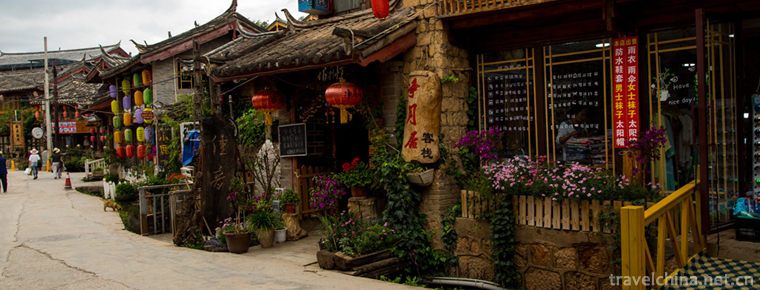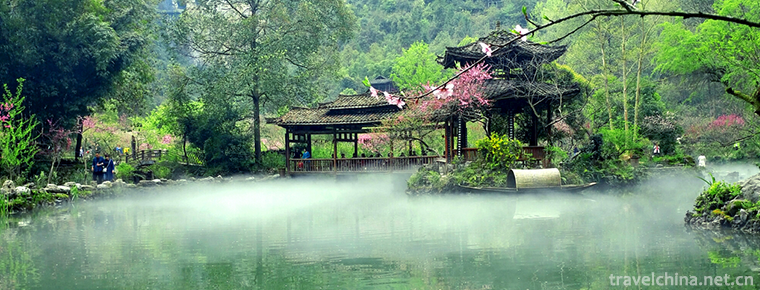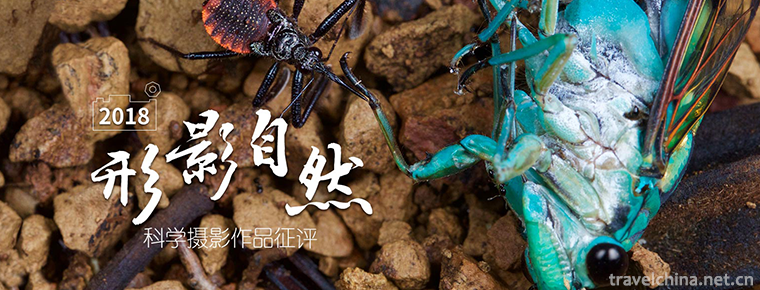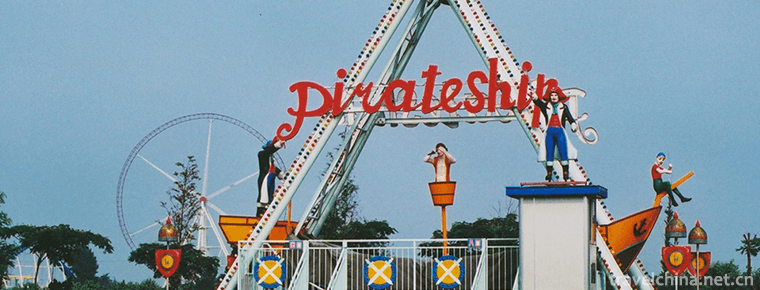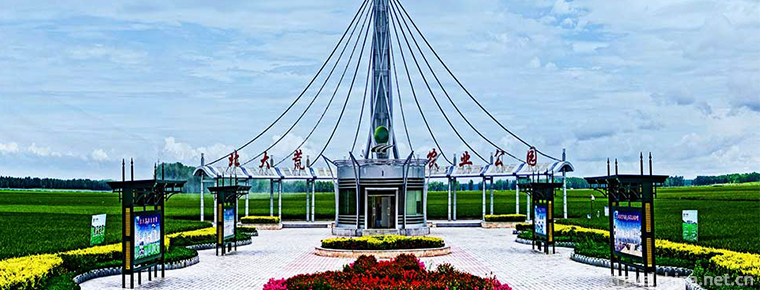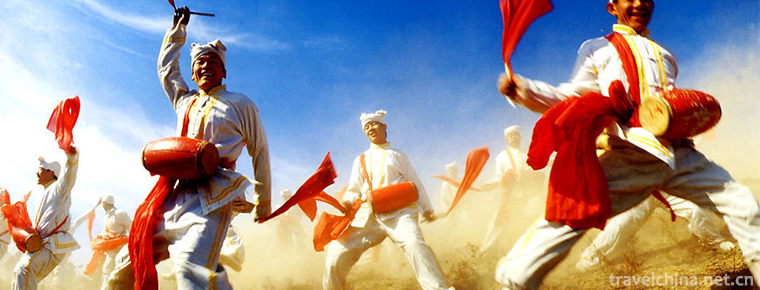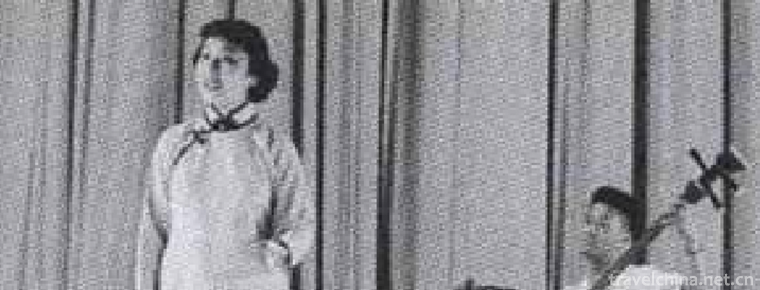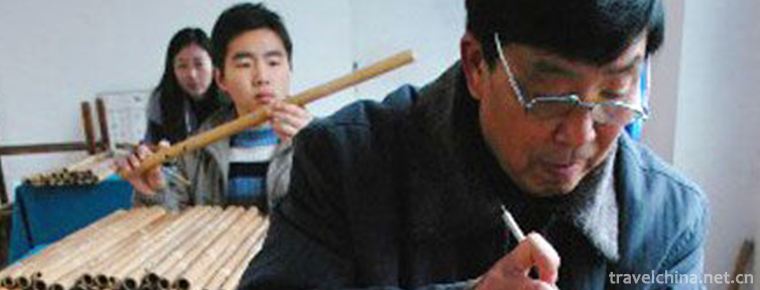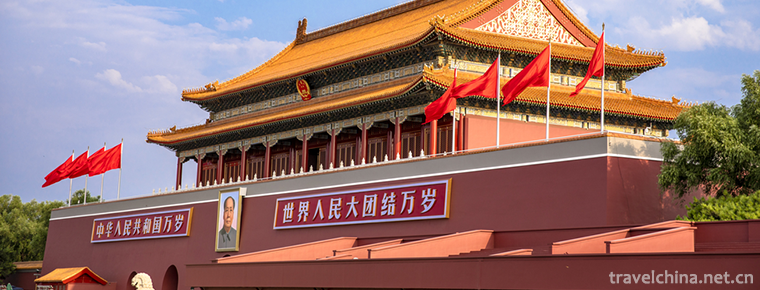Babu Zhai soup
Babu Zhai soup
Babaozhai soup is a traditional dish of Guangdong Province, which belongs to Cantonese cuisine. The soup tastes elegant and light, fresh and tasty, nutritious and has strong nourishing function.
Peel and coat the white fruits, soak the snow ears and cut off the pedicels. The mushrooms were soaked and the stalks were removed. The chestnuts were coated and the orange peel was softened and the pulps were scraped off. Put proper amount of water into the pot, boil the orange peel in the pot, put each material into the pot for 10 minutes, change to slow cooker for 2 hours, add appropriate salt to season.
Material Science
White fruit, lotus seed and gourd are 50 grams each, chestnut meat is 200 grams, snow ear is 30 grams, fig, date and mushroom are 8, orange peel is more than half, water and salt are appropriate.
Making method
Peel and coat the white fruits, soak the snow ears and cut off the pedicels. The mushrooms were soaked and the stalks were removed. The chestnuts were coated and the orange peel was softened and the pulps were scraped off. Put proper amount of water into the pot, boil the orange peel in the pot, put each material into the pot for 10 minutes, change to slow cooker for 2 hours, add appropriate salt to season.
Basic characteristics
The soup tastes elegant and light, fresh and tasty, nutritious and has strong nourishing function.
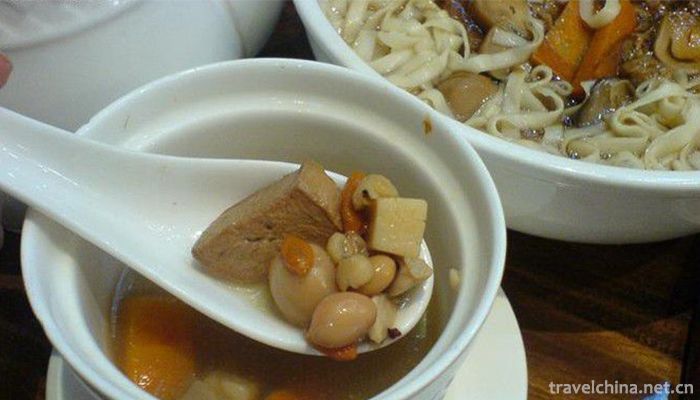
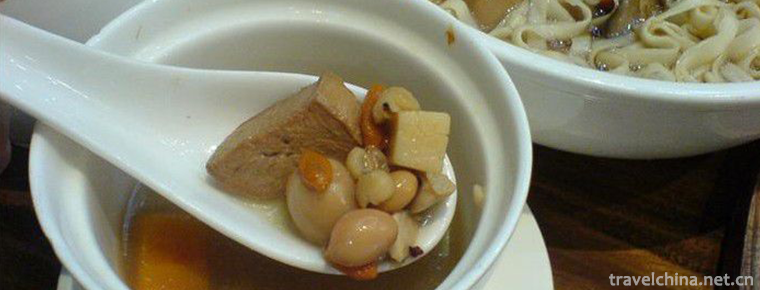
Babu Zhai soup
-
Youyang Peach Blossom Source Tourist Scenic Area
Taohuayuan Scenic Spot is located in the suburbs of Youyang County, which is known as the "Liangdu of Chongqing". It is a national AAAAA-level tourist attraction
Views: 292 Time 2018-12-12 -
Beijing Museum of Natural History
The Beijing Museum of Natural History is located in the overpass area on the central axis of the capital's southern city. It is backed by the Tiantan Park, a world cultural heritage
Views: 140 Time 2018-12-15 -
Century Happy Park
Views: 367 Time 2018-12-19 -
Beidahuang Modern Agricultural Park
Beidahuang Modern Agricultural Park, located at No. 146 Xiangfu Road, Xiangfang District, Harbin City, covers an area of 667,000 square meters and is a "national AAAA-level tourist attraction&quo
Views: 190 Time 2018-12-26 -
Ansai waist drum
Ansai waist drum is a traditional folk dance in Shaanxi Province. Performances can be performed by several people or thousands of people together, magnificent momentum, exquisite performance is intoxi
Views: 307 Time 2019-03-31 -
Single string ziqu contains bifurcation
Single string ziqu, quyiqu. It is popular in Beijing, Tianjin, North China and Northeast China. During the reign of Guangxu in Qing Dynasty, folk artists compiled their own lyrics with octagonal drum
Views: 260 Time 2019-04-25 -
Production Techniques of Yuping Xiaodi
Yuping Xiaodi is made of a special bamboo as raw material through four processes: material taking, blank making, carving and finished product. The manufacturing process is complex and all of them are
Views: 175 Time 2019-07-16 -
Chinese history
Chinese history From China Chinese civilization To the present history. China has a long history. Since the Huangdi tribe Ji Xuanyuan (also known as the Gong sun Xuanyuan) period has been counted for
Views: 215 Time 2019-08-28 -
Capital Institute of Physical Education
Capital Institute of Physical Education is a sports class in Beijing. Ordinary universities Located on Beijing City Haidian District, West Zhongguancun Science Park District, east of Yan Mu scenic are
Views: 348 Time 2019-11-24 -
Rongxian Giant Buddha
Located in the eastern suburb of Rongxian County, Sichuan Province, the Giant Buddha of Rongxian county is carved in the Tang Dynasty. It is a cliff carved statue of Sakyamuni, 36.67 meters high, 8.76 meters long, 12.67 meters wide, 12 meters high and 3.5 meters wide. It is the world's largest Sakyamuni Buddha (Modern Buddha).
Views: 346 Time 2020-10-15 -
Plant resources in Yibin
Yibin City belongs to subtropical evergreen broad-leaved forest area, with rich plant species and diverse vegetation types. There are 435 species of arbor and shrub plants, 205 genera, 86 families, 59 species of bamboos, and 310 species of landscapi
Views: 316 Time 2020-12-18
